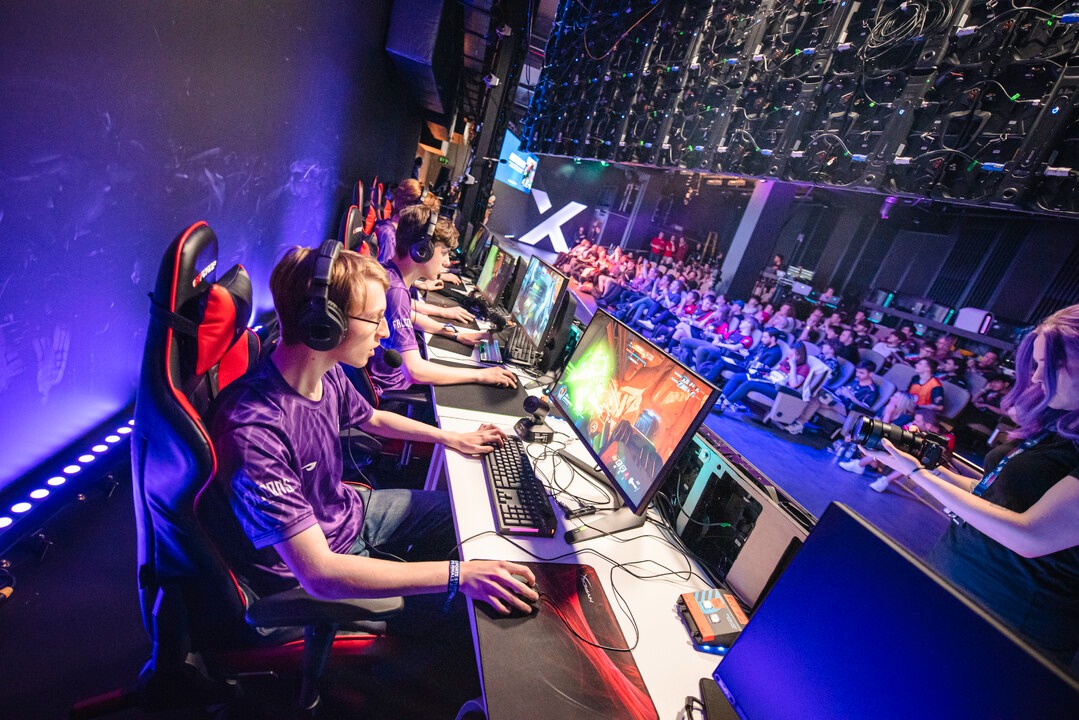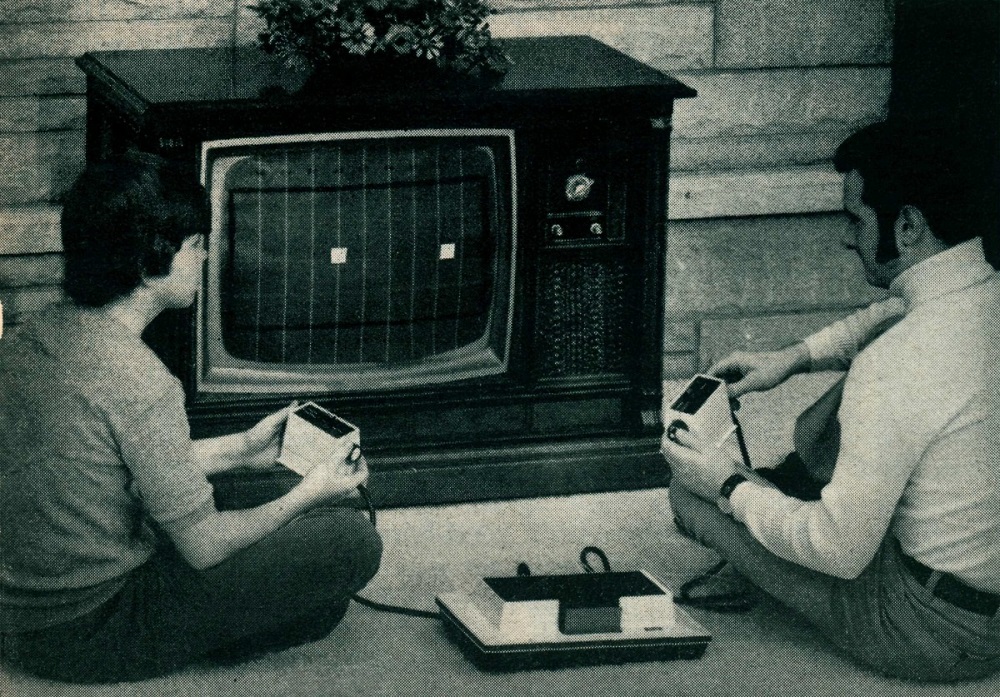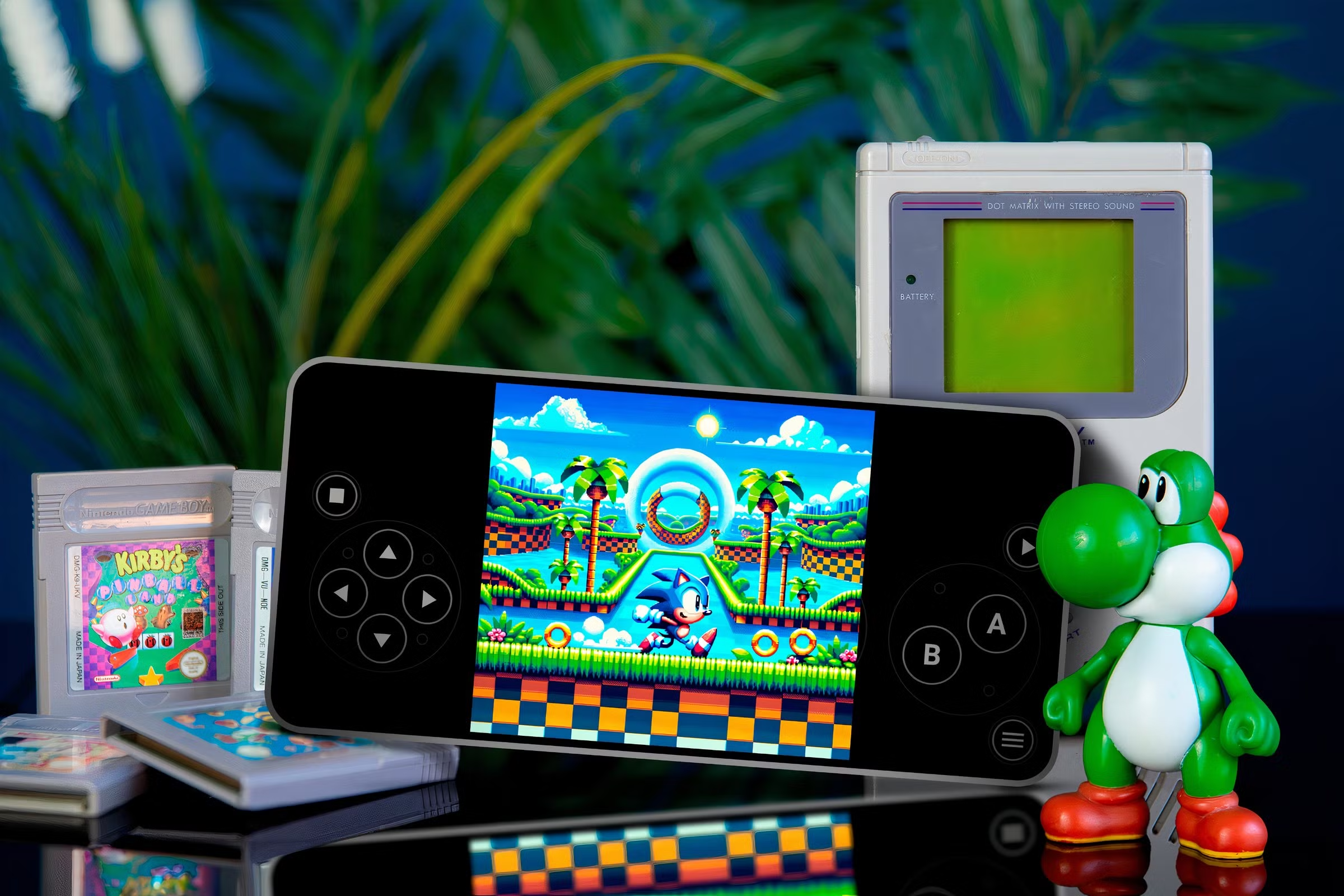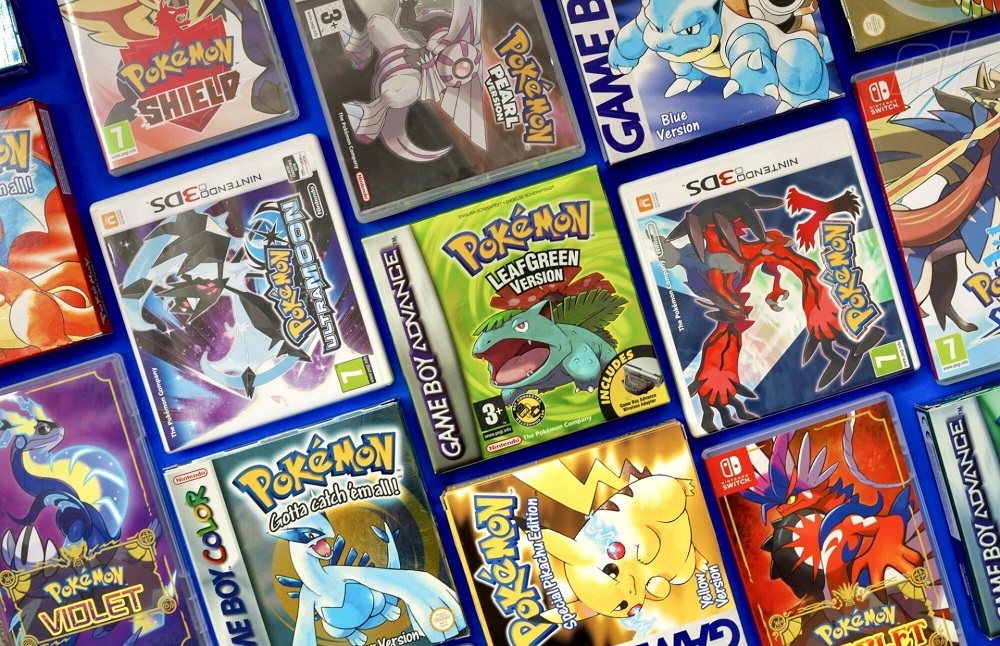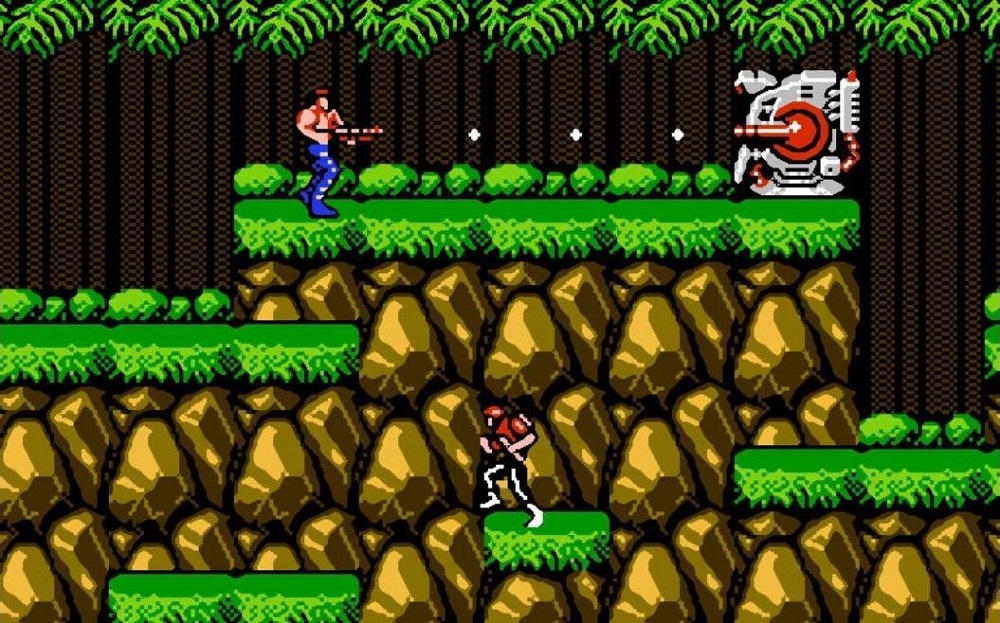Before million-dollar prize pools, Twitch streams, and packed stadiums, competitive gaming was born in a simpler age — an age of glowing arcades, local bragging rights, and handwritten high scores.
In the 1970s and 1980s, competition was already at the heart of gaming culture. But it wasn’t called “esports.” It was simply the thrill of being the best — the top name on the leaderboard, the kid everyone challenged at Street Fighter II, or the player whose initials stayed immortalized on a flickering CRT.
At Oldies Nest, we’re diving into how those early tournaments and communities became the foundation for modern esports, tracing the roots of today’s massive global scene back to the humble beginnings of retro gaming.
The First Sparks: 1972’s “Intergalactic Spacewar Olympics”
If esports had a “Year Zero,” it would be October 19, 1972.
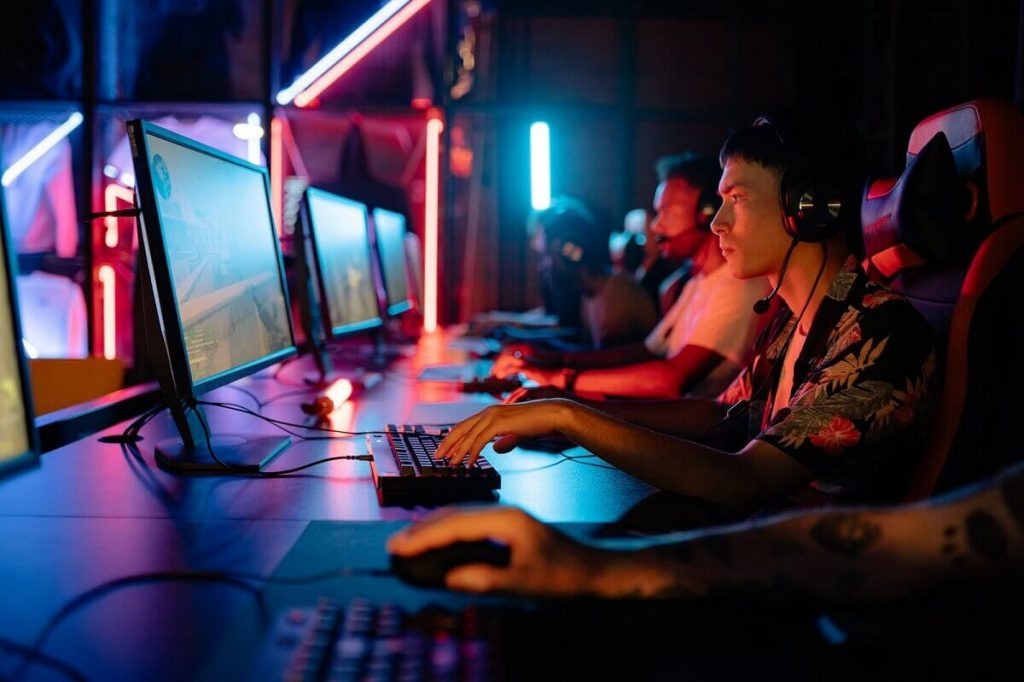
At Stanford University, a small group of students gathered around a PDP-10 mainframe to play Spacewar! — a space combat game created a decade earlier. The event, cheekily called the Intergalactic Spacewar Olympics, offered a one-year subscription to Rolling Stone magazine as the grand prize.
It was a modest start, but it marked the first known organized video game competition.
No sponsors. No crowds. Just passion and skill.
This spirit — competition for fun, pride, and recognition — would define the earliest retro gaming scenes.
The Arcade Explosion: Battlegrounds of the 1980s
By the early 1980s, gaming had escaped the lab and entered the streets. Arcades became the first true esports arenas, where players gathered to prove themselves against local legends.
As covered in The Golden Age of Arcades: 1980–1985, these neon-lit halls were filled with the sounds of Pac-Man, Donkey Kong, and Galaga.
The Birth of the Leaderboard
Every arcade cabinet came with its own scoreboard — the original competitive ladder. Getting your initials on that list meant status. It wasn’t about money; it was about immortality.
Twin Galaxies and the First Records
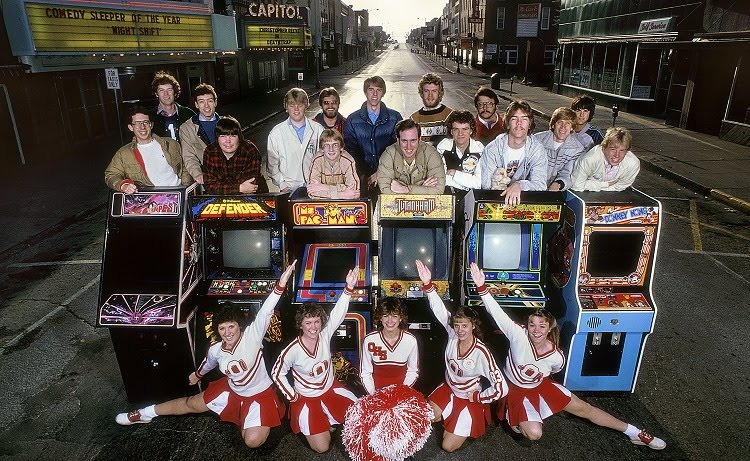
In 1981, arcade owner Walter Day founded Twin Galaxies, an organization dedicated to tracking world records across games. It standardized scoring and created the first database of competitive gaming stats.
Twin Galaxies soon partnered with Guinness World Records, legitimizing high-score competition and transforming casual play into structured rivalry.
The Iconic Battles: Donkey Kong, Space Invaders, and Pac-Man
Some games became synonymous with early competition.
Space Invaders Championship (1980)
- Hosted by: Atari
- Participants: Over 10,000 players across the U.S.
- Winner: Rebecca Heineman — one of gaming’s first esports champions.
This event was the first large-scale gaming tournament in history and proved that competitive gaming could attract massive participation.
Donkey Kong Rivalry
In the early 80s, players like Billy Mitchell and Steve Wiebe fought for the world record on Donkey Kong, immortalized decades later in the documentary The King of Kong.

These rivalries introduced drama, narrative, and community — all essential ingredients of esports storytelling.
The Home Console Era: Friendly Rivalries Go Domestic
By the mid-1980s, gaming was moving into the home. Systems like the Atari 2600 and NES brought competition from the arcade into living rooms.
Atari had already created competitive challenges through its Atari National Space Invaders Championship, but Nintendo took it further.
Nintendo World Championships (1990)
- Players competed across timed challenges in Super Mario Bros., Rad Racer, and Tetris.
- Regional events culminated in a grand final in California.
- Winners received a gold cartridge — now one of the rarest gaming collectibles in existence.
It was the first corporate-backed esports tournament, complete with branding, sponsorship, and global reach.
Nintendo’s success set the stage for the modern competitive model — a mix of skill, marketing, and spectacle.
The Sega Challenge and the 16-bit Rivalry
When Sega entered the market, competition took on a new flavor — corporate rivalry as public entertainment.
As explored in Sega vs. Nintendo: Ads That Fueled the Console Wars, the early 90s saw Sega launch aggressive campaigns promoting its faster, “cooler” image.
Sega World Tour (1993)
Sega sponsored events like the Sega World Tour, allowing players to compete in Sonic the Hedgehog 2 time trials and Virtua Racing tournaments across major cities.
The brand battle between Sega and Nintendo didn’t just sell consoles — it normalized competitive gaming as part of fan culture.
PC LAN Parties and the Dawn of Modern Esports
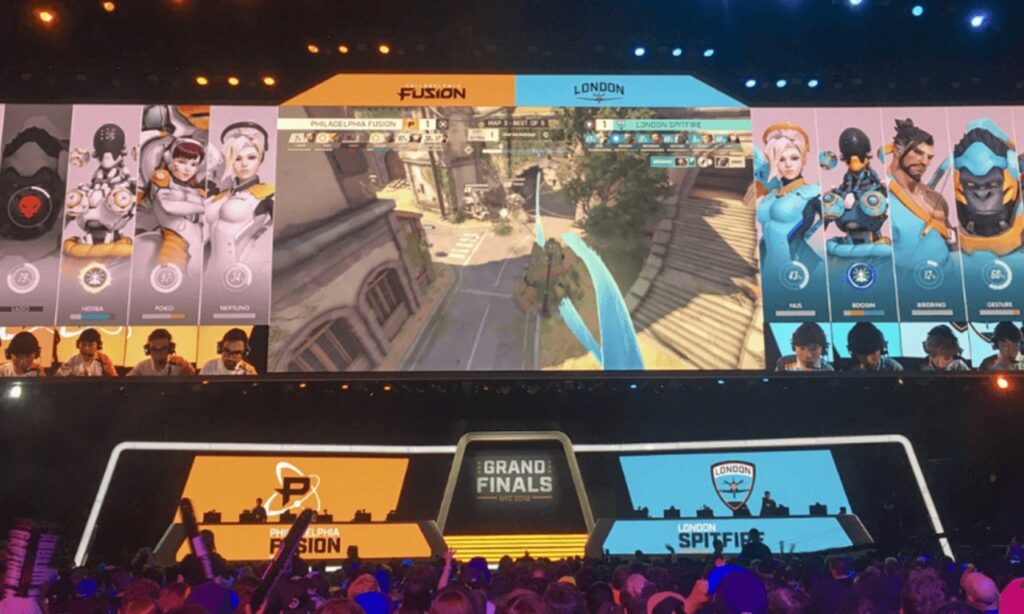
As gaming moved onto PCs in the late 80s and 90s, competition grew beyond single screens.
LAN (Local Area Network) parties became the new arena. Games like Doom, Quake, and StarCraft turned basements and dorms into digital battlefields.
- 1997’s Red Annihilation: The first national Quake tournament; winner Dennis “Thresh” Fong received John Carmack’s Ferrari.
- 1998’s StarCraft Tournaments: South Korea’s PC cafés (PC bangs) transformed gaming into a televised national sport.
What began as local bragging rights had become organized esports culture — but its DNA was still rooted in the old-school spirit of arcade rivalry.
From CRT to Online Leaderboards
With the rise of the internet in the late 90s, competition went global.
Games like Counter-Strike (1999) and Unreal Tournament (1999) introduced online ranking systems, building upon the leaderboard concept from the arcade days.
Yet, the tactile charm of local, face-to-face competition was irreplaceable.
Even as online play grew, retro gaming communities continued to host in-person tournaments, keeping the camaraderie of early esports alive.
The Cultural Legacy of Early Esports
Retro competitive scenes didn’t just build gaming’s future — they shaped its culture.
- Community: Local arcades were social spaces long before Discord servers.
- Spectacle: Nintendo and Sega turned play into performance.
- Recognition: Twin Galaxies made gaming achievements official.
- Diversity: Players like Rebecca Heineman and Steve Wiebe showed that competition transcended gender and background.
Modern esports — from League of Legends to Fortnite — owe their DNA to these pioneers who played not for money, but for mastery.
The Collector’s Perspective: Preserving the Competitive Past
In the retro gaming world, memorabilia from early competitions is highly sought-after:
- Nintendo World Championship Cartridges – worth tens of thousands of dollars.
- Twin Galaxies Certificates – signed, documented proof of original records.
- Sega Tour Badges and Flyers – symbols of corporate-driven competition.
Collectors see these not as relics but as proof of the moment gaming grew up — when players stopped just playing and started competing.
This passion for preservation aligns perfectly with Retro Game Preservation, reflecting how community-driven efforts keep history alive.
Conclusion: From Basement Battles to Global Stages
Esports didn’t appear overnight. It evolved from decades of arcade rivalries, console showdowns, and local tournaments.
Those pixelated battles and CRT duels taught players the thrill of competition — not for fame or fortune, but for pride and passion.
The next time you watch a million-dollar esports final, remember that it all started with a few kids huddled around a glowing screen in a mall arcade, chasing high scores and chasing history.
The birth of esports wasn’t about technology — it was about people, connection, and the shared pursuit of mastery. And that’s something that will never go out of style.
